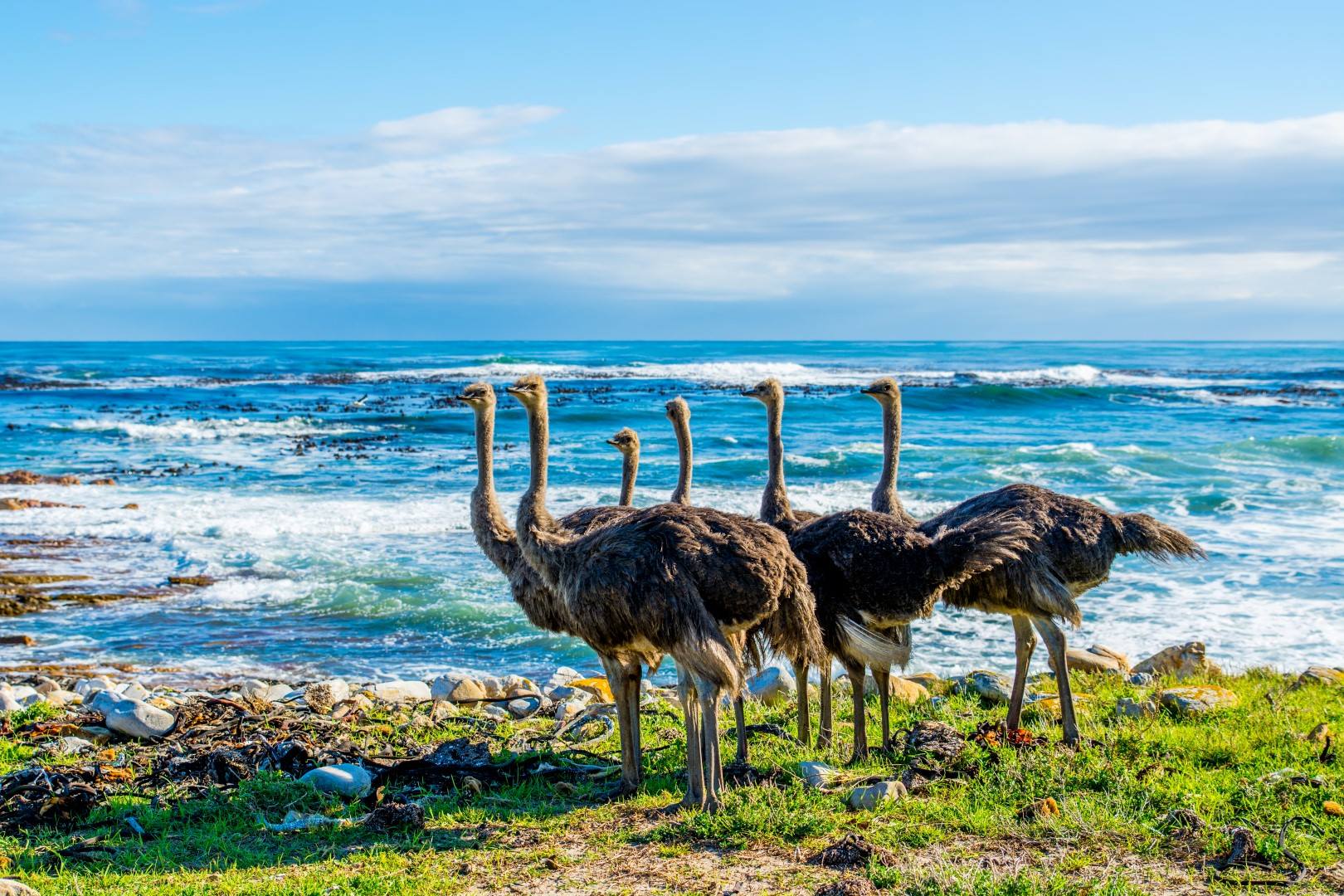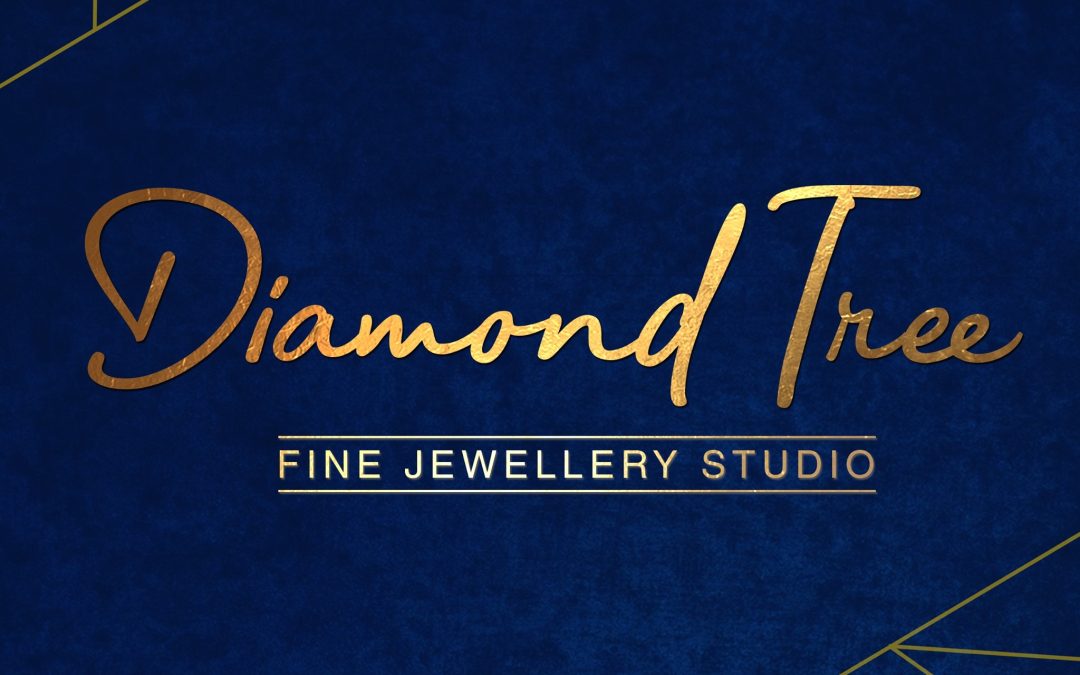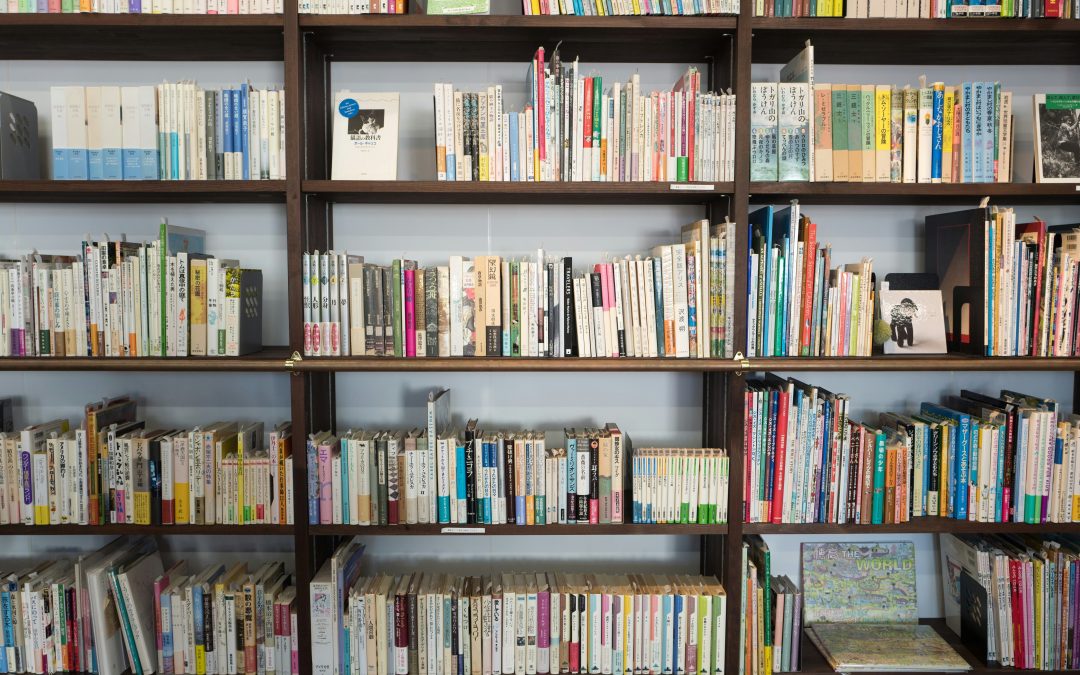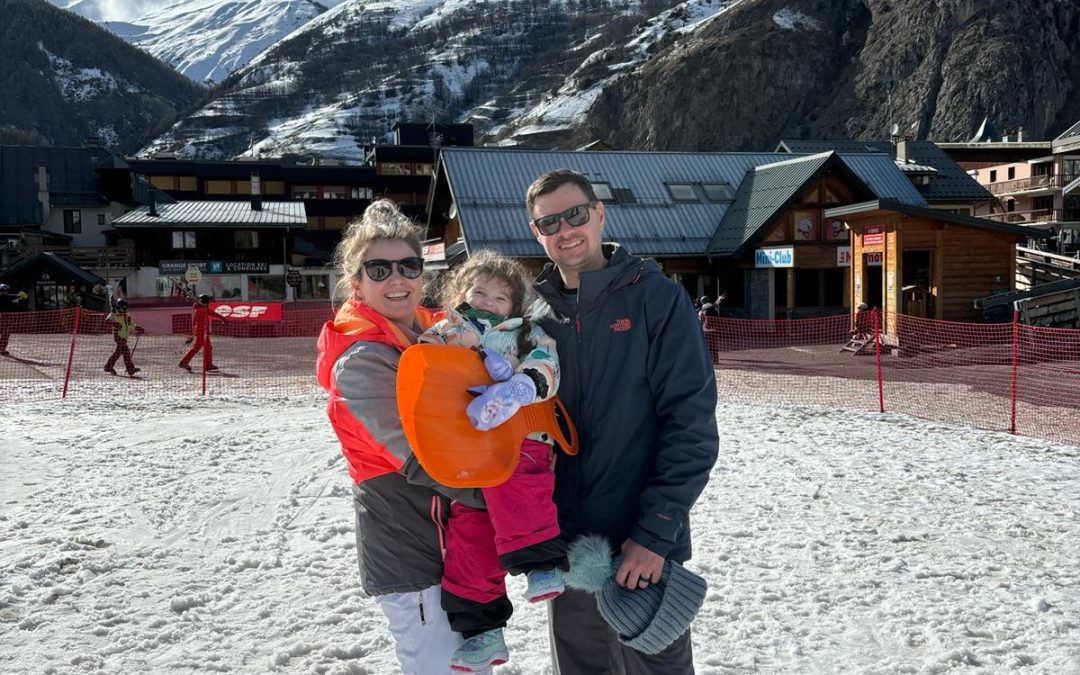Photo: Phillip Grobler @saffa_travel_teach
Culture is an experience, a history, a language; it simply is the blood that flows through your veins. You can be proud that you speak Afrikaans, that you are part of the Afrikaners as a cultural group and that you can say that you are a South African! Why? Here are 23 reasons.
Language and culture
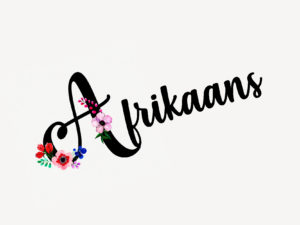
- Afrikaans is the third largest language in South Africa after Zulu and Xhosa.
- In South Africa, Afrikaans is spoken by about 7 million people as a first language and about 10 million as a second language. Afrikaans is also spoken, among others, in Botswana, Lesotho, Malawi, Namibia, Swaziland and Zambia.
- Afrikaans is taught at various universities outside South Africa, including The Netherlands, Belgium, Germany, Poland, Russia and the United States.
- Afrikaans is the youngest official language in the world. It was only recognised as an official language in 1925.
- Afrikaans has a long history as a genuine South African language. As early as 1671, travellers recorded that the language spoken at the Cape did not sound like a European language. In 1858 the Rev. Van der Lingen founded a private school called De Gimnasium to teach Afrikaans-speaking children. Afrikaans got its name when Arnoldus Pannevis, a teacher at the school, realised that the children’s language was far removed from Dutch. He called it Afrikaans. However, the language was not recognised as an official language until 1925.
- Afrikaans is a rich language and is not only of Dutch descent. The language is imbued with Malay, Portuguese, French, German, the Khoi languages, Xhosa, Zulu, Scottish, English and Yiddish words.
- Only seven years after Afrikaans was recognised as an official language, the first legal ruling in Afrikaans was rendered in the Court of Appeal in Bloemfontein. Thus, Afrikaans already developed into a full-fledged legal language at that time.
- Afrikaans’ vocabulary already consists of about 1 million words and the language is still growing.
Businesses that hold South Africa’s name high
- In 1915, De Nasjonale Pers Beperkt (now Naspers) was founded by a group of prominent Afrikaners. They first published the newspaper De Burger and later De Huisgenoot. In 1994, the company was listed on the Johannesburg Stock Exchange. Today, their business activities cover 120 countries.
- Anton Rupert was one of the founders of the WWF (World Wildlife Fund). It is the largest conservation organisation globally and has more than five million supporters working in 100 countries.
- The company Remgro was listed in 2015 as the ninth largest public company in South Africa and number 1 436 in the world. The company originated from Voorbrand Tabak, which was founded in the 1940s by Dr Anton Rupert. Nowadays, Remgro has interests in banking, financial services, packaging, glass products, medical services, mining, petroleum, food manufacturing, and many other industries.
- SASOL is the only commercial installation in the world that converts coal into liquid. This makes SASOL the largest manufacturer of synthetic fuel.
- The Helpmekaar movement was certainly one of the biggest efforts yet to encourage development and alleviate poverty in South Africa. In 1918, Sanlam, Santam and the KWV were established. All of these promoted Afrikaans and the language gained economic value with it. Sanlam’s prospectuses, policies, letters and reading material were compiled in both Afrikaans and English, and new Afrikaans insurance terms had to be created for that. In this way, Afrikaans achieved its status as a high-function economic language.
- Camouflage clothing was first used by the Boers to make them unobtrusive in their natural environment. Today it is common practice for soldiers.
Food and wine
- Ouma Rusks was first made by Elizabeth Ann Greyvenstein in 1939 during the Great Depression in the Eastern Cape. The first rusks were initially sold under the name Outspan Rusks, but the name was later changed to Ouma Rusks.
- Ouma rusks are not only sought after in South Africa. In 2017, 1,184 tonnes of rusks were exported to countries like Australia, Botswana, the Democratic Republic of the Congo, Namibia, New Zealand, Swaziland, the United Kingdom, Zambia and Zimbabwe.
- Simba Chips is a prestigious South African potato chip introduced in 1957 by the Greyvenstein family, producers of Ouma Rusks. Grandma Greyvenstein’s grandson Leon Greyvenstein travelled to Germany in 1955, where he met Herman Lay, one of the founders of the Frito-Lay company. The two men became good friends, and from there, the Greyvenstein family got the idea for a new snack for South Africans.
- Our ancestors were the founders of the wine industry in South Africa. Simon van der Stel had already started planting vineyards on his farm Constantia in 1679. The winery was later expanded by French Huguenots who fled to South Africa. Today, South Africa has the largest wine cellar in the world – the KWV cellar in Paarl covers 22 hectares and can store up to 121 million litres.
- The South African wine industry is the oldest outside of Europe and the Mediterranean. We grow various varieties, including Chardonnay, Pinot Noir, Merlot, Cinsaut, Riesling, Shiraz, Sauvignon Blanc, Cabernet Sauvignon and Pinotage. The founders of the industry’s excellent quality were the French Huguenots, ancestors of a great descendant among the Afrikaners in South Africa.
Famous South Africans
- Jacobus Coetsee was an eighteenth-century explorer who undertook a journey to the north of the settlement in about 1760 to search for elephants. He crossed the Orange River around 1762 and was the first colonist to make voyages of discovery so far inland.
- Raymond Ackerman is the founder of the Pick n Pay supermarket chain and in 2004 was the only South African to be named one of the world’s top business leaders by a survey by the Financial Times.
- Pierre van Ryneveld was a South African military commander and pilot. In 1920, The Times offered a prize of £ 10,000 for the first pilot to fly from London to Cape Town. Van Ryneveld won the prize and gained fame for his historic flight via Cairo. He was also the founder of the South African Air Force, the second oldest air force in the world.
- Anton Rupert was the Rembrandt Group founder, which is partly owned by the Swiss company Richemont and trades under the banner of Cartier, Alfred Dunhill and Montblanc.

